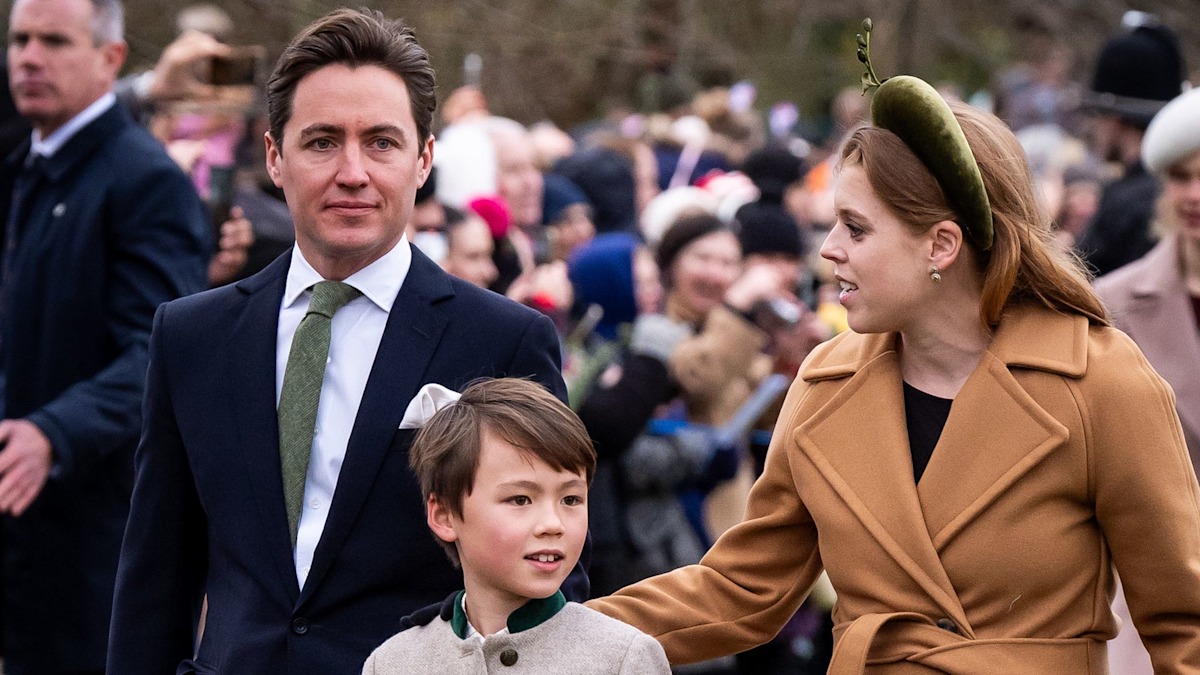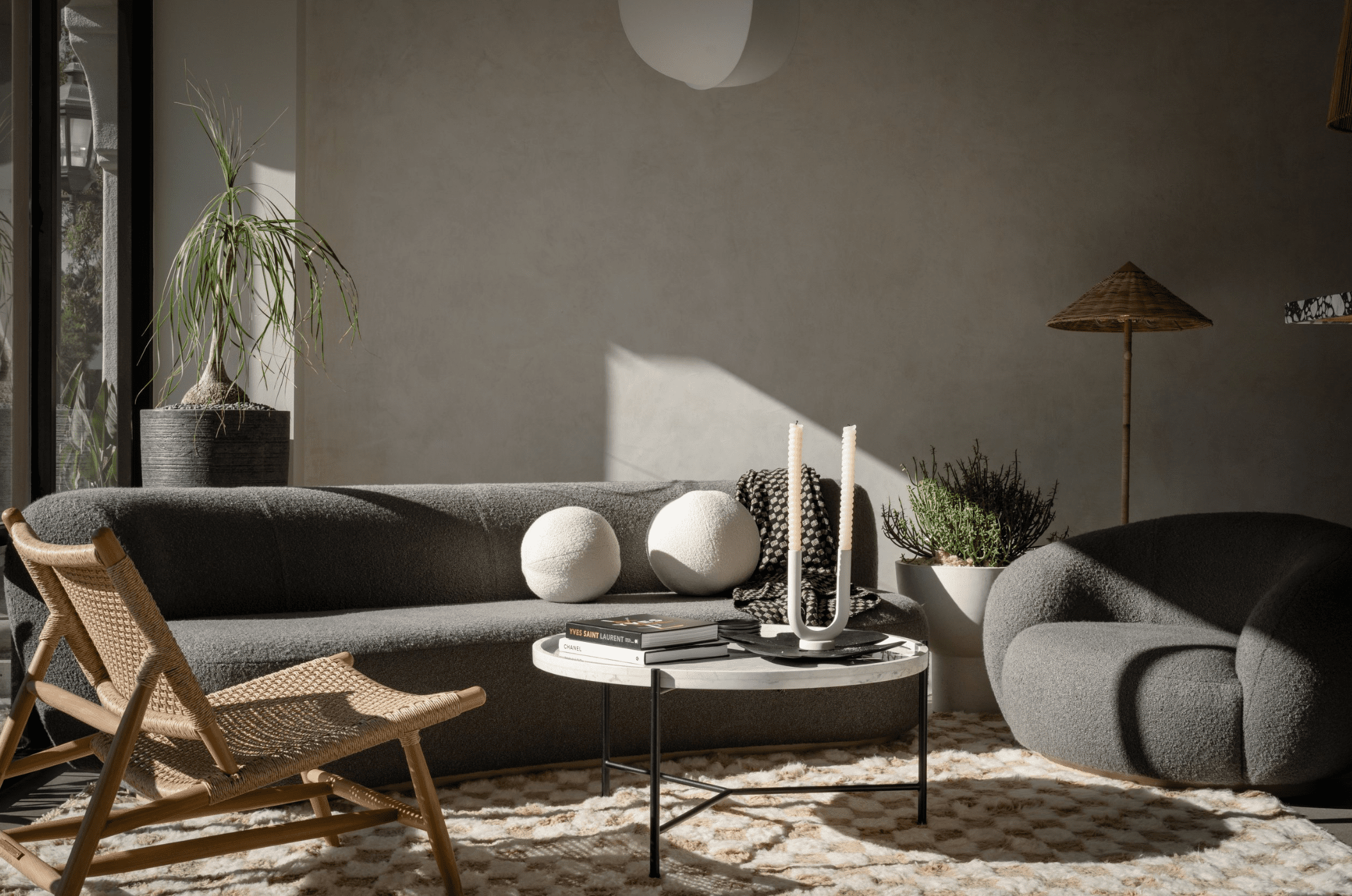Brown Tips on Your Peace Lily? Here Are 9 Causes and Easy Fixes
:max_bytes(150000):strip_icc():format(jpeg)/GettyImages-931926314-22c3617ca2ec492fbfb067f6d18e092b.jpg)
Peace lilies are popular indoor plants because they’re lovely and easy to grow. However, peace lilies are known for having one common problem: leaves that turn brown. Those discolored leaves mess up the whole lush, tropical look of peace lilies, so it’s annoying when it happens. There are a lot of reasons your peace lily’s leaves turn brown. Most ugly leaves are caused by water issues, dry air, irregular temperature and too much fertilizer. Here’s how to spot the problem and how to fix it.
1. Underwatering
Brown-tipped leaves on a peace lily can be a sign that your plant is not getting enough water. The first sign your peace lily is thirsty will be yellowing and wilting leaves. By the time the leaves turn brown, they’re dying, and your plant needs you to get busy with a watering can.
Fix It: Get your peace lily on a consistent watering schedule that keeps the soil consistently moist.
2. Overwatering
If the leaves on your peace lily start turning brown, you may be giving the plant too much water. Overwatering is one of the main causes of brown tipped leaves on a peace lily. Here’s how too much water leads to brown leaves: the soil gets so wet that the peace lily’s roots are smothered by water. They cannot get absorb nutrients and moisture from the soil, so the peace lily starves to death. As it starves, the leaves die. They yellow and then turn brown and then drop off. Overwatering can even lead to the peace lily’s roots rotting. They die, leaving the plant with no way to feed itself.
Fix It: Stop watering and let your peace lily’s soil dry out. Get your plant on a consistent watering schedule so you keep the peace lily’s soil consistently moist. If your peace lily has developed root rot, repot the plant in new soil. Trim off the rotten roots when you repot the plant.
3. Chemicals in Water
Peace lilies can be sensitive to chemicals in tap water, especially fluoride.
Fix It: Use filtered water, distilled water, or captured rainwater on your peace lily. Rainwater is a houseplant’s best friend, so make set a bucket out to capture some of nature’s best water the next time it rains. If tap water is your only option, let is stand for two days to allow chemicals to evaporate.
4. Poor Drainage
Soggy soil will cause root rot and brown leaves. Rotting roots cannot absorb nutrients your peace lily needs. Left uncorrected, poor drainage will kill a peace lily. You do not want your peace lily to sit in sodden soil.
Fix It: Make sure your peace lily is in a container with drainage holes in the bottom to allow excess water to escape. Don’t place your peace lily in a tray with standing water. Use fast-draining potting mix that won’t force roots to stand in sodden soil for long periods of time. Put your peace lily in a container with drainage holes and pot it in a fast draining growing medium. A chunky potting mix formulated for arums is ideal, or you can use a general potting mix for tropical plants and add chunky perlite or orchid bark to make it drain faster.
5. Low Humidity
Peace lilies are native to rainforests with moist air. Typical household humidity levels may not be high enough to keep peace lily leaves green and healthy. Brown leaf tips can be a sign the leaves are drying out and the plant needs more humidity.
Fix It: Spritz your peace lily’s leaves with water once a week. Put the peace lily in a bathroom where you take regular steamy showers. Put a humidifier in the room with the peace lily. Your other tropical plants will love the humidifier, too.
6. Over-Fertilizing
Giving your peace lily too much fertilizer can turn leaves brown. Fertilizers leave behind salts in the soil that can pull moisture out of root tissue and cause wilting, yellowing and eventual browning of leaves. Feed your peace lily no more than once every six weeks during the growing season (summer and spring.) Consider using a slow-release fertilizer on your peace lily or mix compost into the soil around the peace lily’s roots. These provide gentler sources of nutrients.
Fix It: Flush the peace lily’s container with water to remove fertilizer salts. To do this, put the container under a faucet, turn the faucet on so that a gentle stream of water comes out, and hold your plant under the faucet until the water runs out of the pot’s drainage holes for 15-30 seconds.
7. Drafts
Peace lilies need consistent temperatures of between 65 and 75 degrees. Extreme fluctuations will stress the plant and make leaves turn brown. Put it by a drafty window where cold winter air hits it or put it by an HVAC vent where it gets blasted with heated air and its leaves will brown.
Fix It: Make sure your peace lily is not sitting by a drafty window or a heating vent. Put it in a location away from windows, doors, and vents.
8. Too Much Sunlight
In their native environment of Central and South American jungles, peace lilies grow on the jungle floor beneath the dappled light that comes through the tree canopy. These plants like filtered light and can live on as little as 2 hours of sun a day. That’s why they are such great houseplants. If a peace lily’s leaves turn brown, it may be getting too much sun. The brown could be sun scald.
Fix It: Move your peace lily to a spot where it gets indirect sunlight.
9. Old Age
Leaves have a natural lifespan, like all living things. When a leaf has done its job of making food for a plant, it turns yellow, then brown, and then it dies. If the rest of your plant looks healthy and it’s blooming and putting on new growth, those brown leaves may be as natural as air.
Fix It: Just trim off that browned leaf. Removing old leaves makes your peace lily look better and directs its energy into making new leaves and blooms. If peace lily leaves are simply dying of old age, you are an A+ peace lily parent.
Prune off damaged or discolored leaves at any time. They won’t turn green again, no matter what you do. Your plant will look better when you snip off leaves with brown tips. Don’t trim just the brown tips. Remove the entire leaf.










